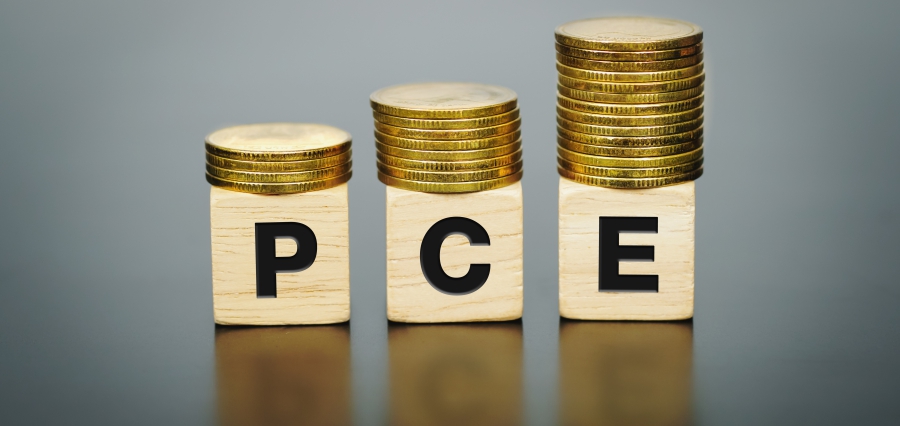The U.S. Personal Consumption Expenditures Price Index, the Fed’s preferred measure of inflation, showed signs of easing in November, with a rate coming in lower than economists expected at 2.4%. This is slight deceleration from its previous month’s reading of 2.5%, which marks the shifting inflationary pressures. The Commerce Department released the report on December 20, which indicated a modest monthly increase of only 0.1% from October for both headline and core PCE measures. The latter excludes volatile food and energy prices, showing a more stable inflation trend.
Core PCE also increased by 0.1% month-over-month, but this leaves the annualized gain at 2.8%. Headline and core PCE each ran 0.1 percentage point below the forecasted readings, meaning inflationary forces are a little softer than anticipated. Still, this is the fifth consecutive monthly report showing inflation above the Fed’s goal of 2%, so fears of sustained price stability remain unchecked.
Minimal good prices were witnessed, as their price increased only by 0.2%. Energy prices, like food prices, rose 0.2%. During the year, goods decreased by 0.4%, but services went up by 3.8%. Energy price has fallen by 4% and food price went up by 1.4%. Housing, which had caused some apprehension, also had inflation cooling off, but just rose by 0.2% in November.
Apart from the inflation data, the report presented weaker-than-expected income and spending figures. Personal income grew by 0.3%, below the forecasted 0.4%, while personal expenditures grew by 0.4%, a little short of the expected 0.5%. The personal savings rate declined to 4.4%, indicating less cushion in consumer spending.
This data came just days after the Federal Reserve’s move to lower its benchmark interest rate by 0.25 percentage points to the range of 4.25%-4.5%, the lowest level in two years. Fed Chairman Jerome Powell said inflation is getting closer to the target, but future rate cuts are likely to be more gradual given higher anticipated inflation in 2025. Mixed economic data had a muted impact on markets as stock futures remained negative and Treasury yields fell. Analysts noted that the slower inflation pace may ease concerns over the Fed’s aggressive rate hike stance.







